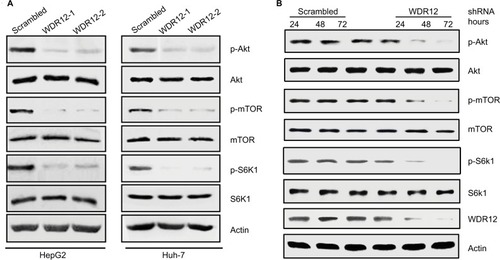Figures & data
Figure 1 WDR12 is upregulated in HCC samples.
Notes: (A) Expression level of WDR12 mRNA in normal or cancerous human liver tissues. (B) The relative expression of WDR12 in the indicated HCC cell lines was analyzed by Western blot. (C) Expression of WDR12 mRNA in different human HCC samples (data were obtained from GEO data set GSE6764, N=45).
Abbreviations: GEO, Gene Expression Omnibus; HCC, hepatocellular carcinoma; WDR, WD-repeat protein.

Table 1 WDR12 mRNA expression and clinicopathological correlation in HCC patients
Figure 2 Expression of WDR12 negatively correlates with clinical outcomes in human HCC patients.
Notes: WDR12 mRNA expression data and clinical data from HCC patients were obtained from cBioPortal (http://www.cbioportal.org/study?id=lihc_tcga#summary). HCC samples were divided into three groups equally based on the log2-transformed expression level of WDR12. The effect of WDR12 on the (A) overall and (B) disease-free survival of HCC patients was analyzed using Kaplan–Meier plots.
Abbreviations: HCC, hepatocellular carcinoma; WDR, WD-repeat protein.
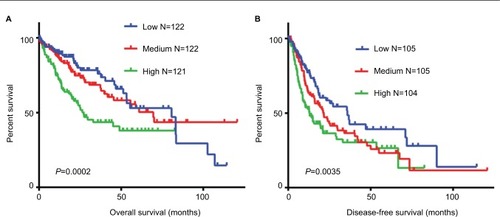
Figure 3 Knockdown of WDR12 expression suppresses HCC cell growth.
Notes: (A) The indicated HCC cells were infected with scrambled or WDR12 shRNA for 24 hours, followed by analysis of WDR12 transcription by real-time PCR assay. N=3; *P<0.001 compared to scrambled shRNA group. (B) HepG2 or Huh-7 cells were infected with scrambled or WDR12 shRNA for 72 hours, followed by analysis of WDR12 expression by Western blot. (C) Representative images of the indicated cells at 5 days after infection with scrambled or WDR12 shRNAs. Scale bar 100 μM. (D–E) Fold changes of the indicated cell numbers at 2, 3, 4, and 5 days postinfection with scrambled or WDR12 shRNA. N=4; *P<0.005; **P<0.001 compared with the scrambled shRNA group.
Abbreviations: HCC, hepatocellular carcinoma; WDR, WD-repeat protein.
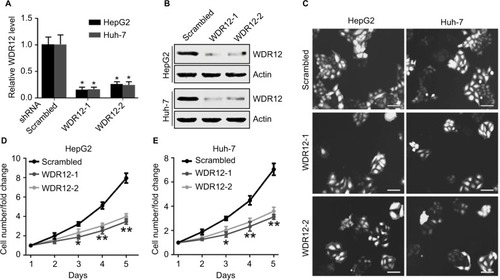
Figure 4 Knockdown of WDR12 expression decreases HCC cell proliferation.
Notes: (A) Cells were infected with scrambled or WDR12 shRNAs for 72 hours, followed by analysis of cell proliferation by EdU and Hoechst 33342 labeling. Representative images. Bright white (EdU-labeled) indicates proliferating cells. (B) Proliferation rate. N=4; *P<0.005; NS, no significant difference, compared to the scrambled shRNA group. Scale bar 20μM.
Abbreviations: EdU, 5-ethynyl-2′-deoxyuridine; HCC, hepatocellular carcinoma; WDR, WD-repeat protein.
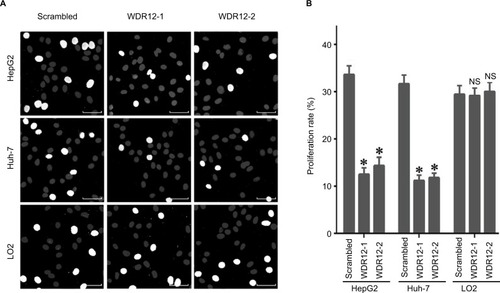
Figure 5 Inhibition of WDR12 expression significantly decreases HCC cell migration.
Notes: HepG2, Huh-7, or LO2 cells were infected with scrambled or WDR12 shRNAs for 72 hours, followed by analysis of cell migration ability using a transwell assay. (A) Representative images of migrating HCC cells. Scale bar 50 μM. (B) Fold change of migrating cell numbers. N=4; *P<0.001; NS, no significant difference, compared to the scrambled group.
Abbreviations: HCC, hepatocellular carcinoma; WDR, WD-repeat protein.
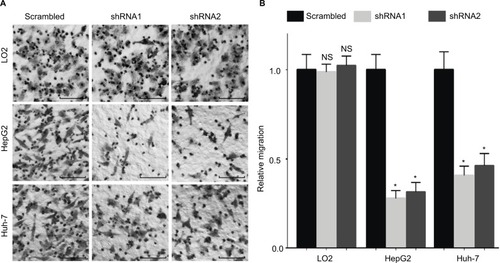
Figure 6 Inhibition of WDR12 suppresses Akt-mTOR-S6K1 signaling in HCC cells.
Notes: (A) HepG2 or Huh-7 cells were infected with scrambled or WDR12 shRNAs for 72 hours, followed by analysis of Akt, mTOR, and S6K1 phosphorylation by Western blot. (B) HepG2 cells were infected with scrambled or WDR12 shRNA, one for the indicated time, followed by analysis of Akt, mTOR, and S6K1 phosphorylation by Western blot.
Abbreviations: HCC, hepatocellular carcinoma; WDR, WD-repeat protein.
